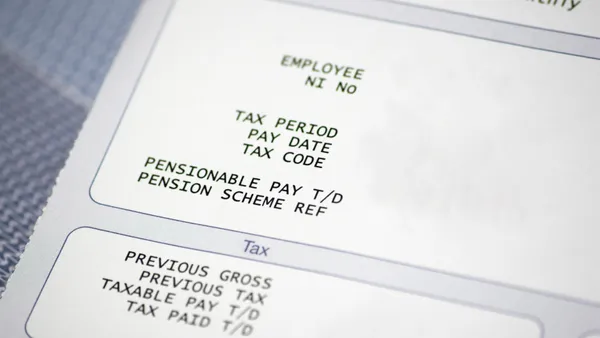Dive Brief:
-
The pension funded status of the nation’s largest corporate plan sponsors finished the year unchanged compared with the end of 2014, due in large part to a rise in interest rates mostly offset by a weak global stock market, according to a new analysis by Towers Watson, which merged with Willis Group Holdings today to form Willis Towers Watson.
-
The Willis Towers Watson analysis examined pension plan data for the 413 Fortune 1000 companies that sponsor U.S. tax-qualified defined benefit pension plans and have a December fiscal-year-end date.
- Results indicate that the aggregate pension funded status is estimated to be 82% at the end of 2015, which is the same as it was at the end of 2014. The analysis also found that the pension deficit narrowed modestly by $28 billion to $291 billion at the end of 2015, compared to a $319 billion deficit at the end of 2014.
Dive Insight:
“An increase in corporate bond rates in advance of the Fed’s recent interest rate decision, combined with a flat global stock market, contributed to keeping pension plans in roughly the same financial shape as the previous year,” said Alan Glickstein, a senior retirement consultant at Willis Towers Watson.
Glickstein says that while pension obligations declined last year, so did assets. There was much movement in the funded status throughout the year, but at the end of the year, essentially nothing changed overall. In contrast, he said, the preceding two years were more volatile, one up and one down.
Despite the lack of improvement in overall pension funded status, employers continued to "de-risk" their pension plans with lump sum buyouts and group annuity purchases. In fact, 2015 turned out to be the second-most-active recent year for annuity purchases. They expect employers will continue to evaluate their retirement plan strategies this year, said Matt Herrmann, a senior retirement consultant at Willis Towers Watson.










